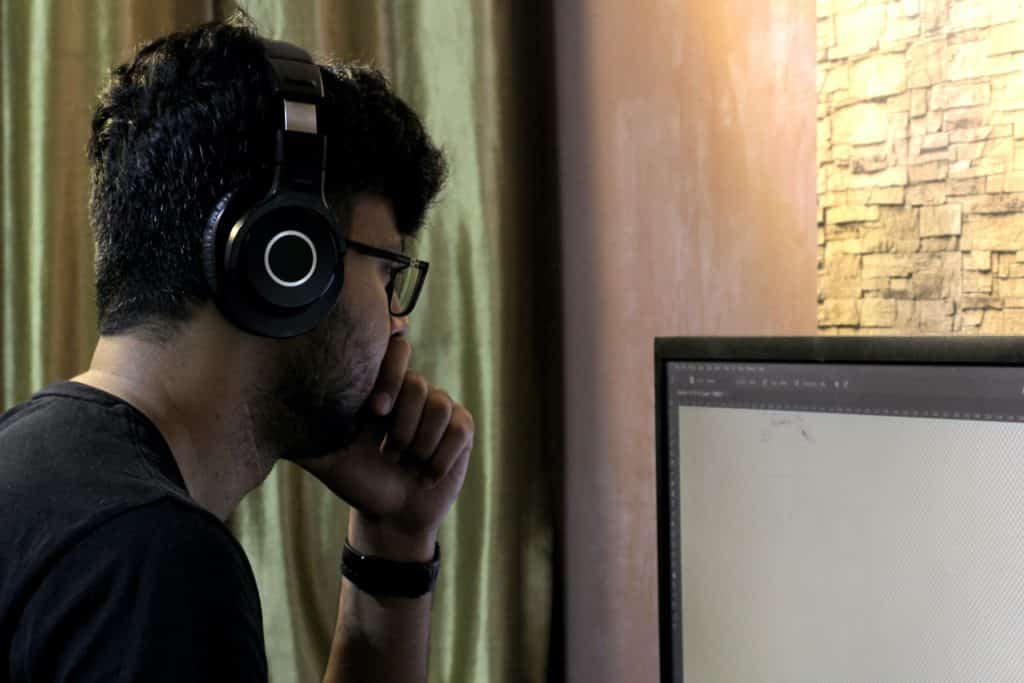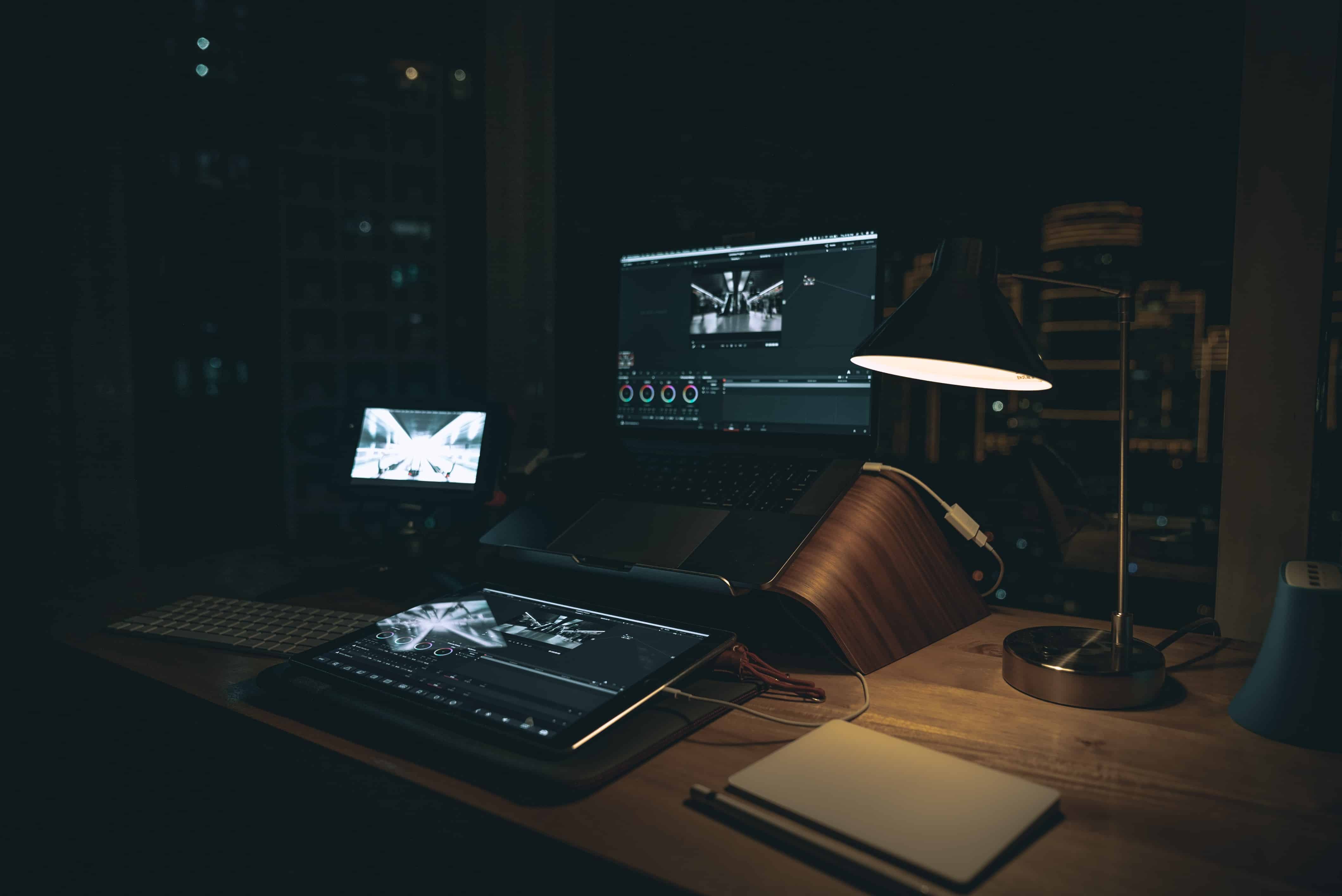Verbit releases new Audio Description solution to help blind and low vision learners and viewers
Vision disability is one of the top 10 disabilities among adults 18 years and older. It’s one of the most prevalent disabling conditions among children. CDC statistics showcase the severity of vision loss, which may be expected to occur as one ages, but often affect young children or come as a result of work-related injuries.
- Approximately 12 million people 40 years+ in the United States have vision impairment, including 1 million who are blind, 3 million who have vision impairment after correction, and 8 million who have vision impairment due to uncorrected refractive error.
- Approximately 6.8% of US children younger than 18 years have a diagnosed eye and vision condition. Nearly 3 percent of children younger than 18 years are blind or visually impaired, defined as having trouble seeing even when wearing glasses or contact lenses.
- Every day, about 2,000 US workers sustain job-related eye injuries that require treatment.
Schools, universities and media content creators must take note. To ensure, these individuals are provided with equal opportunities to participate in academic and professional settings, as well as consume content in their down time, audio description must be provided.
What is Audio Description?
Audio description uses additional audio narration for video in student classes, online, for TV and film that describes key visual elements that are often not spoken out loud. This narration is inserted into the video’s natural pauses to provide clear, concise and objective language to describe what was shown. Ability to access these audio descriptions can make or break the viewing experience of blind or low vision learners and viewers.
Videos shown online often feature an interactive player with a user-selectable option. For TV, it is typically provided through the Secondary Audio Programming (SAP) channel that can be switched on/off via a remote control. In theatres, select seats are sometimes wired with headphones to the soundtrack with the added description. While description was originally designed for people with vision loss, millions of others may also benefit from the concise translation of key visual components.
“The need for Audio Description is even greater as more learning happens online in today’s climate,” said Tom Livne, CEO and Founder, Verbit. “We’ve partnered with a leader and pioneer in the AD field to offer a product we know fully works to meet these needs. Verbit is investing more efforts in video accessibility as a whole and accounting for the needs of all students, the vision-impaired included, to provide them with equal opportunities to succeed.”

Who needs to provide Audio Description?
Audio description solutions are needed by students in K-12 classrooms to university settings. Audio descriptions are also needed by anyone taking courses to gain new skills via eLearning platforms. To meet ADA and WCAG 2.1 requirements to offer equal opportunities, leaders at institutions and video platform providers must offer descriptive services to students. Additionally, media companies and businesses who create or utilize video, would be wise to offer this feature to viewers, participants and even potential customers of theirs as well. Audio description is an essential service to guarantee that the vision impaired or blind can access your content effectively.
“As we all strive to make the educational experience more inclusive, audio description opens the door to visual content that is received indirectly,” said Scott Ready, Accessibility Evangelist and Senior Customer Success Manager, Verbit. “With the ongoing increased use of video, much of the pedagogical reasoning in selecting video content is to provide another means for comprehension. Without audio description, some students are unable to fully access this content thus having less than an equitable experience compared to their classmates.”

Why are human describers important?
While many companies offer audio description services, accuracy can make all the difference. The best bet is to enlist a service which utilizes professional describers to go through the videos and create these descriptions. The human touch can help to ensure the information provided is concise and objective, as they are trained to produce these audio descriptions. Often times, a transcript or captions will be generated from a video and the describer will utilize these in the audio description process.
How does Verbit’s Audio Description work?
Audio Description by Verbit can begin School leaders, disability directors and media producers can work with Verbit to produce captions and transcriptions of their audio or video files. Once final drafts are produced, they are sent to professional describers to complete the audio description. The file with AD included is then delivered in a WCAG 2.1 compliant Interactive Video Player. This process allows the audio description to occur within your workflows and be integrated easily into platforms you’re already using.
The audio description process:
Additional benefits of Audio Description by Verbit include:
- Extended audio description (versus traditional)
- Concise, objective and accurate descriptions of visual images
- Video hosting platform integration
- WCAG 2.1 compliance
- Increased engagement and performance
- Dedicated customer support and expert knowledge
University leaders and eLearning platform professionals who want more information about Verbit’s Audio Description to help their blind and low vision students and participants, are welcome to contact us.





